Geneva goes wild for ‘biological corridors’
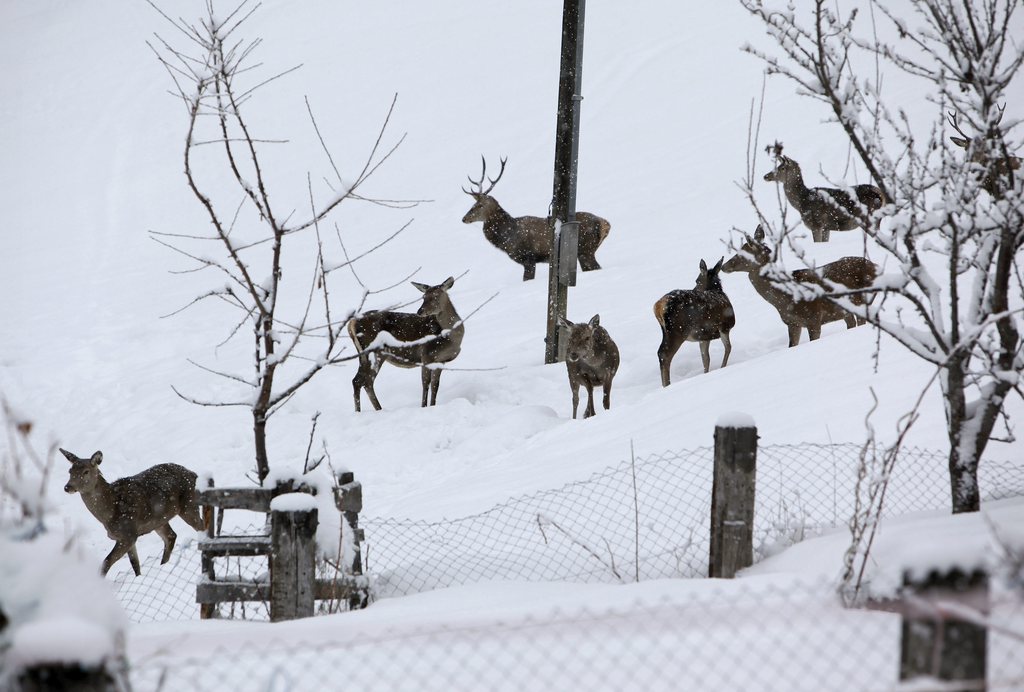
Urban growth is a major threat to biodiversity. Aware of the dangers, the sprawling Swiss city of Geneva is introducing cross-border ‘biological corridors’ with France to help conserve common species. The project could serve as a model in Europe.
Geneva’s lights sparkle in the distance against the clear night sky. Cars zip left and right along the nearby motorway like fireflies. The peace of the Sauverny countryside, a short hop from Geneva city centre, is suddenly shattered by a droning passenger plane overhead.
Our 4×4 slowly zig zags through farmland and forests. All of a sudden a beam of light illuminates the far end of the field.
“There they are…6-7-8-9-10. There are some others behind,” the driver Didier Dubelly, a local game warden, directs his rooftop lamp to the right. “That one’s a male – you can tell by the way he’s standing all proud.”
Dazzled by the beam, the group stop eating and stand motionless staring at us. The light is turned off and we continue our safari on Geneva’s Serengeti.
Tonight is the first night of the annual deer count in the Geneva area, involving colleagues from neighbouring canton Vaud and France who cover the Jura region.
“There are about 40-50 deer living here about 15km from the city centre,” explains Aline Blaser, head of canton Geneva’s biological corridors project.
“Before they used to systematically migrate between the lake and the Jura mountains, but some of them now stay on the plains.”
The presence of deer so close to the city and nearby villages – the fruits of protection measures taken 30 years ago – is one of the most visible examples of efforts to improve the coexistence of nature and man.
But living side by side is not easy. The small band of forests, farmland and fauna remain under constant pressure from urban sprawl, occasional poachers and motorists. New roads, houses – and in the case of Sauverny, horse and bison farms and a golf course – can present obstacles for animals that need to move around to find food, rest, reproduce and conquer new territory. Animals like deer are big eaters so there are frequent complaints from farmers and forest wardens about crop and sapling binges.
“Geneva is an incredible mosaic of tiny territories,” continues Blaser. “It’s in a kind of bowl between the Salève mountain and the Jura mountains. We are trying to preserve the last possible connections that exist for the deer to pass.”
Pioneer
The work to maintain the deer in the Versoix-Jura area and facilitate their movements is part of cantonal efforts since 2007 to create biological corridors to protect local biodiversity and to ensure better interaction between man and nature. Thirty per cent of Geneva’s 15,000 species are under threat due to urban development. Geneva has been a pioneer in introducing a cantonal biodiversity law to integrate questions like nature into the urban environment.
After four years’ of consultations and studies, last November Geneva and French officials signed agreements for the first two of eight biological corridors – four extending across the border – in a band stretching around the tip of the lake from Coppet to Hermance.
Officials hope the cross-border projects will serve as a model in Europe.
“We believe it’s a very important project as it’s one of major axes ensuring the inter-connectivity of the Jura mountains and the Alps,” said Sarah Pearson, in charge of the Swiss biodiversity strategy at the Federal Office for the Environment.
Basel and Ticino are similar heavily urbanised regions, she added, but Geneva, with its 103km of borders with France and only 4.5 km with the rest of Switzerland, is a special biodiversity case with a lot more species that are common with France than with its neighbour Vaud.
“Biological bridge”
The first two biological corridor projects, worth SFr20 million ($21.1 million), contain around 100 different measures to be implemented before the end of 2017.
One of the most spectacular is a “biological bridge” across the A40 motorway, a main road and a railway line to allow fauna to pass. Other measures include the clearing and opening up of streams and the creation of interconnecting bands of hedges and wooded areas on agricultural land.
Local environmental experts are keen to perpetuate the use of these farmland ‘relays’ to help animals move around, especially as some farmers receive grants for maintaining the ecological quality of their land or its interconnections which are only guaranteed for six years.
A more controversial idea is to introduce “night trains”- darker corridors for animals to move around in – by turning off or redirecting lights in certain areas.
Over the past 20 years 11 hectares of farmland has been lost every day to urban development – the equivalent of 1.3 square metres per second.
Forests have become more natural in general. Around 25 per cent of Switzerland’s 65,300km of streams and rivers are badly damaged, artificial or underground, while 50 per cent are considered satisfactory. The worst affected are in the lower-lying central region.
Prairies or dry pasture have reduced by 30-40 per cent since the 1970s.
Switzerland has some 50,000 different species. Around one third of the 20 per cent that have been surveyed are said to be in danger.
Conservation methods and changes to legislation since 1999 have allowed a better conservation of certain races and species.
(Source: Federal Office of the Environment)
Swiss permeability
While Geneva pushes ahead with its cross-border projects, at the national level a consultation process is currently underway to finalise measures for the national Biodiversity Strategy Action Plan, approved by the government in April 2012.
“At the same time as we have motorway infrastructure, we need an ecological infrastructure that ensures the connectivity and permeability of the territory,” declared Pearson.
She said special emphasis was needed on fauna corridors so they were properly implemented as outlined in cantonal development plans.
“The permeability of the territory is not always guaranteed around the fauna corridors that are built in Switzerland,” she noted.
There are 303 fauna corridors across the country but only 20 per cent of them can be used unrestricted; there are plans to renovate 51.
The environment office also wants to see better cross-border cooperation with other regions on this issue. No other initiatives exist like the one in Geneva.
“Switzerland is a big cross: St Gallen to Geneva and Jura to the Alps,” said the environment office specialist. “We really have to ensure that the exchange of populations takes place or we will end up with the problem of inbreeding and the populations becoming smaller and more isolated, and species’ survival being brought into question as they cannot adapt.”

In compliance with the JTI standards
More: SWI swissinfo.ch certified by the Journalism Trust Initiative

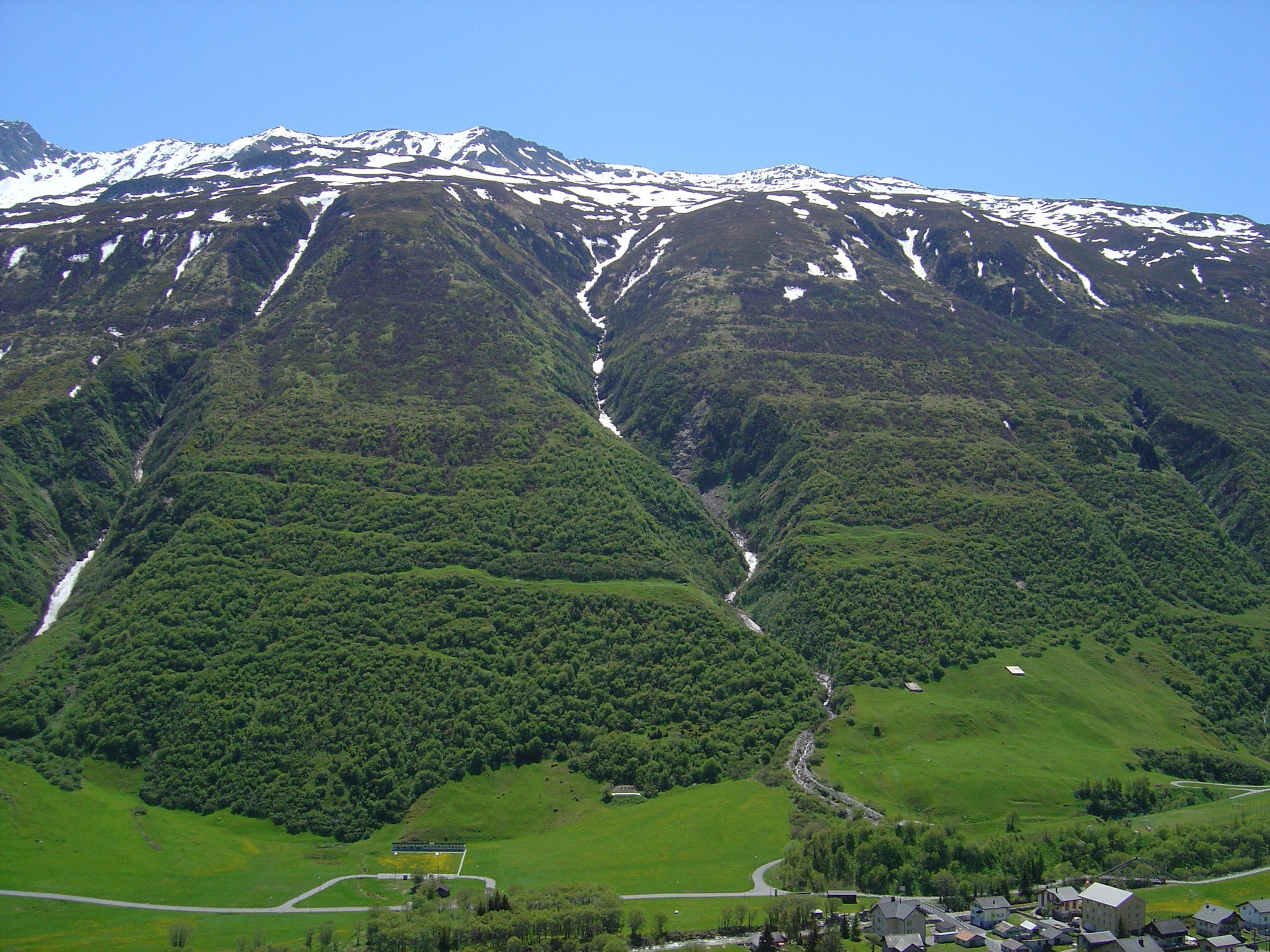
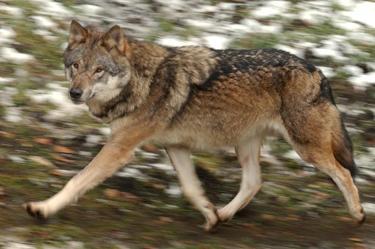
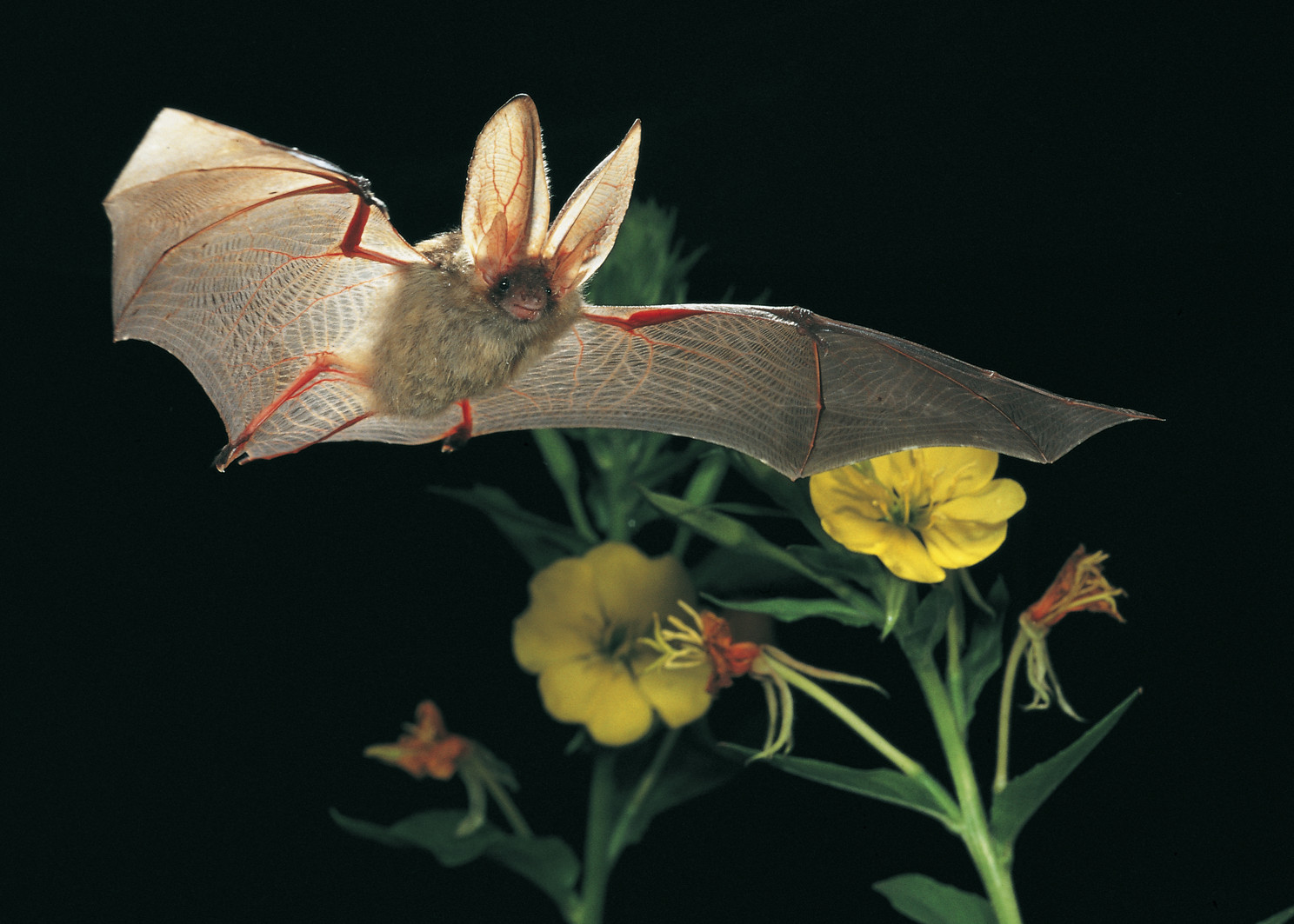
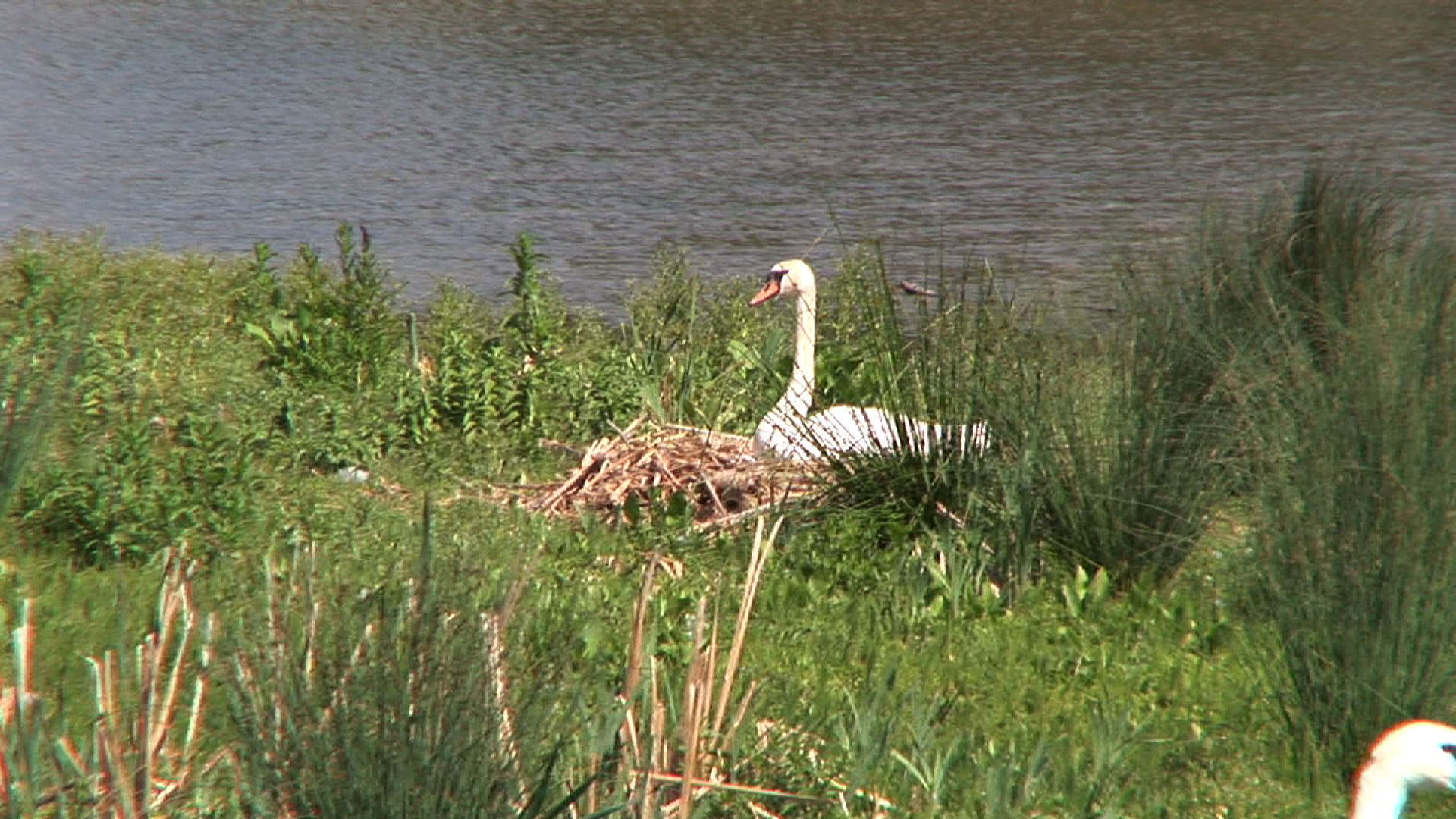
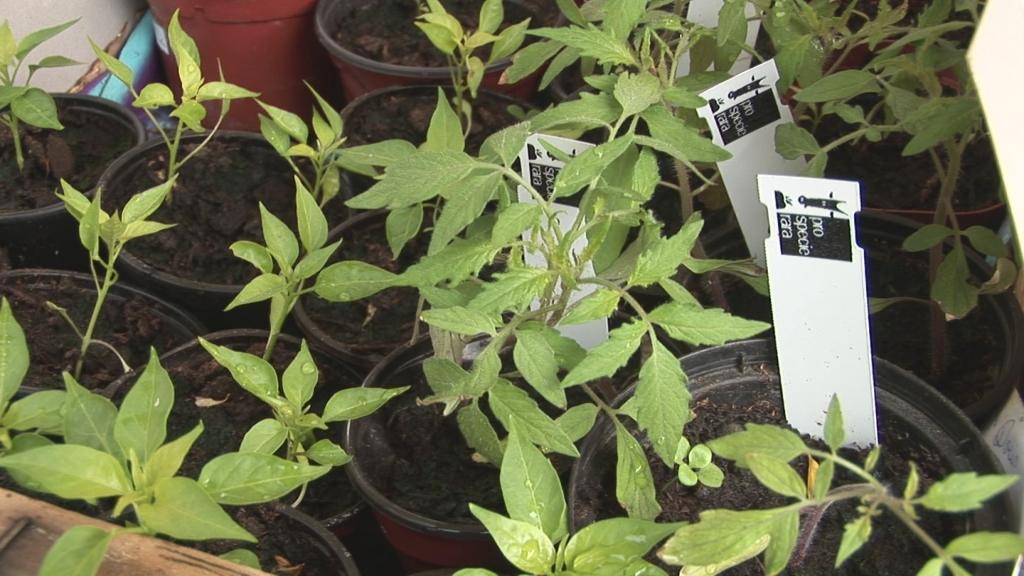
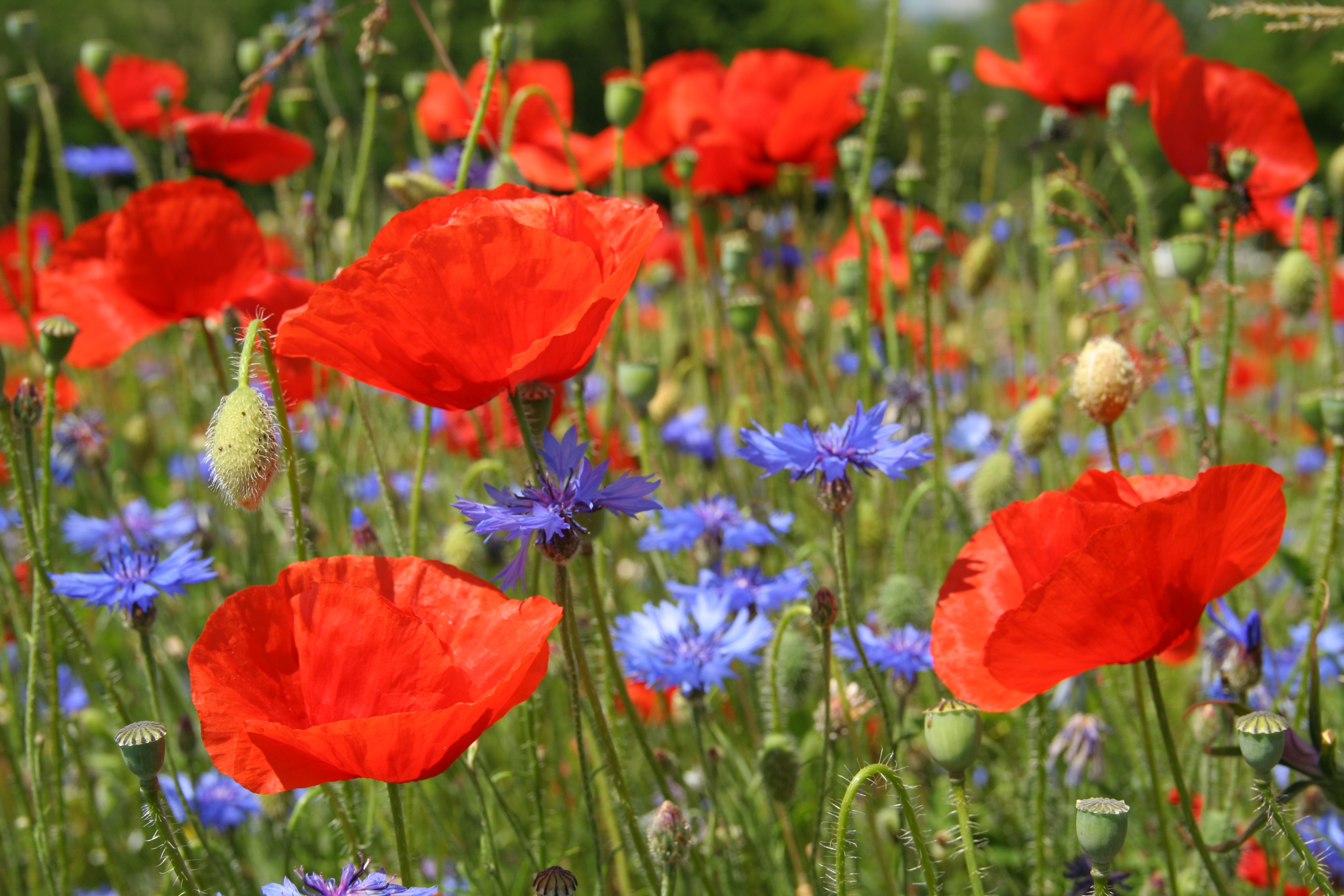
You can find an overview of ongoing debates with our journalists here. Please join us!
If you want to start a conversation about a topic raised in this article or want to report factual errors, email us at english@swissinfo.ch.